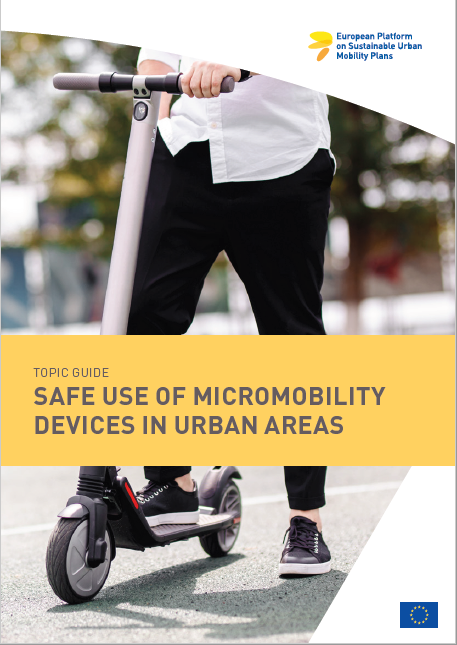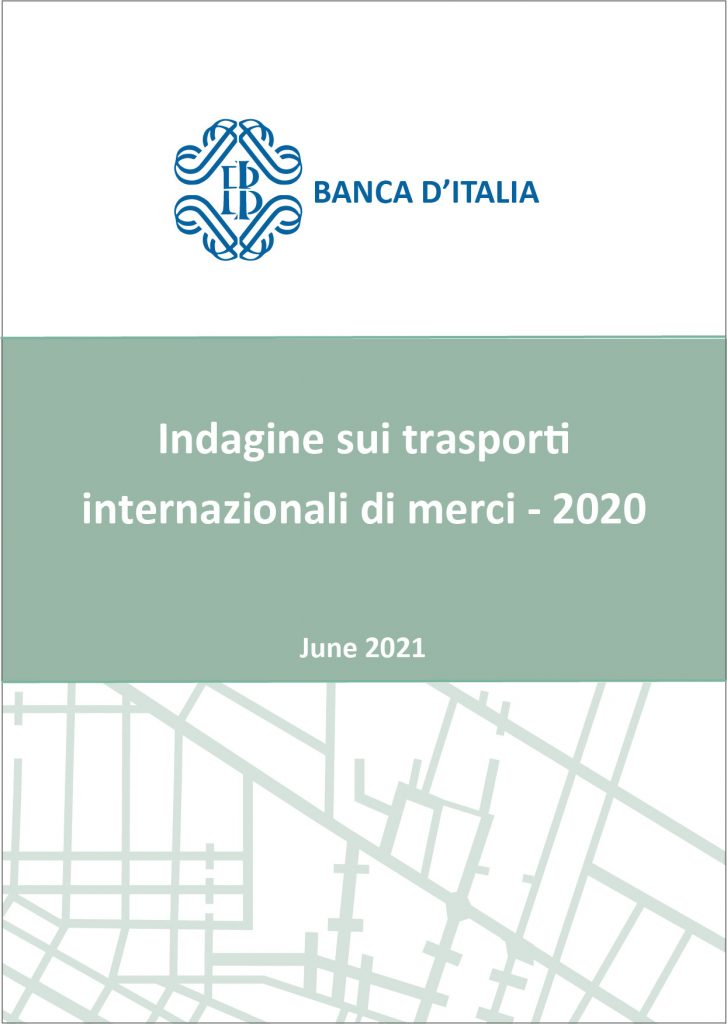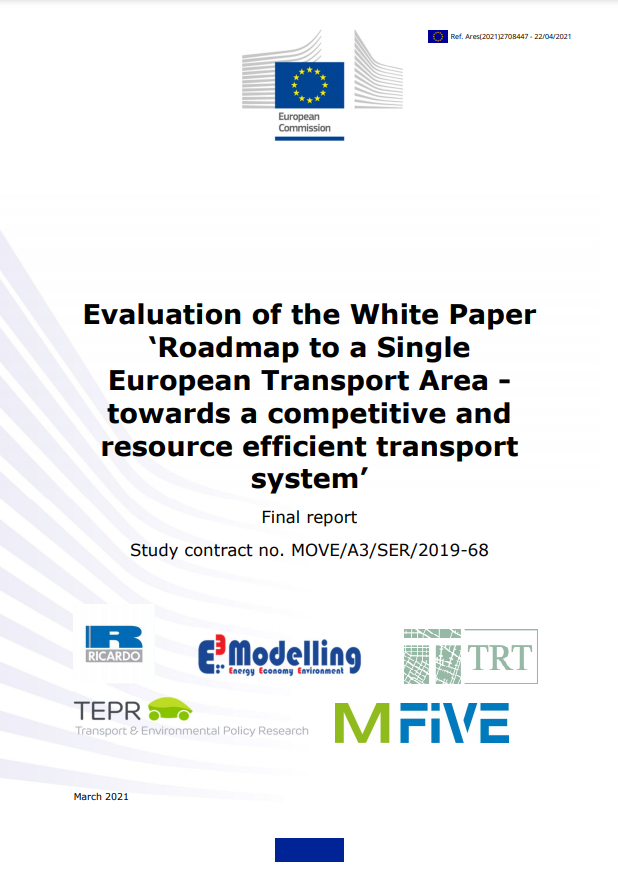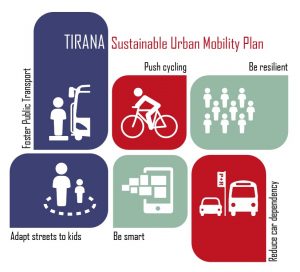New website and features in MOMOS – Model for Sustainable urban Mobility
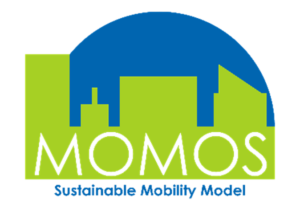 MOMOS – Sustainable MObility Model, is a strategic assessment tool for the analysis of integrated mobility strategies. The model has been developed and designed by TRT for supporting Sustainable Urban Mobility Plans (SUMP) in some Italian cities, as well as for European studies focusing on the transition toward sustainable urban mobility and decarbonisation targets.
MOMOS – Sustainable MObility Model, is a strategic assessment tool for the analysis of integrated mobility strategies. The model has been developed and designed by TRT for supporting Sustainable Urban Mobility Plans (SUMP) in some Italian cities, as well as for European studies focusing on the transition toward sustainable urban mobility and decarbonisation targets.
MOMOS is constantly under development, on one hand to increase the accuracy of estimated indicators and improve its adaptation to various urban contexts, on the other hand to include new forms of mobility, services and planning. Indeed, urban mobility is constantly evolving, whilst complexity and integration of transport systems is continuously increasing, motivating the development of new technologies and services, and emphasizing the need for solutions aiming at improving sustainability and livability of cities.
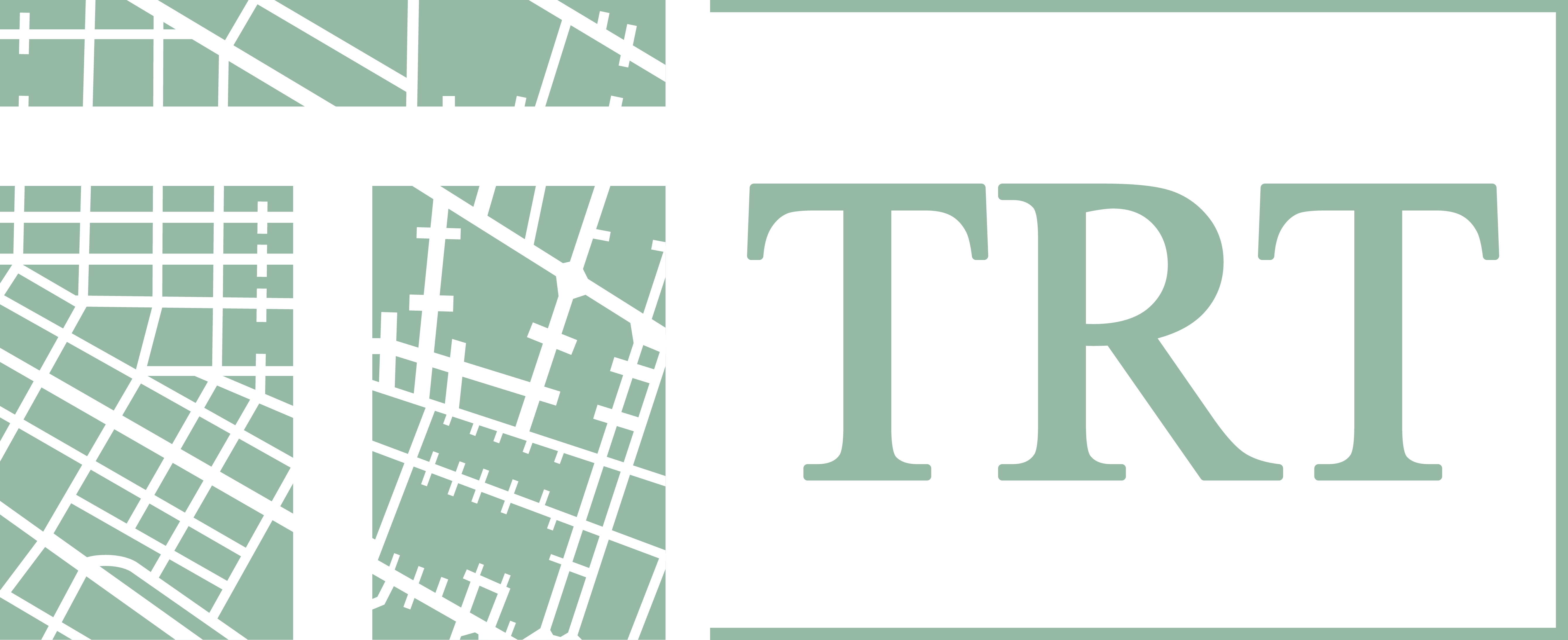
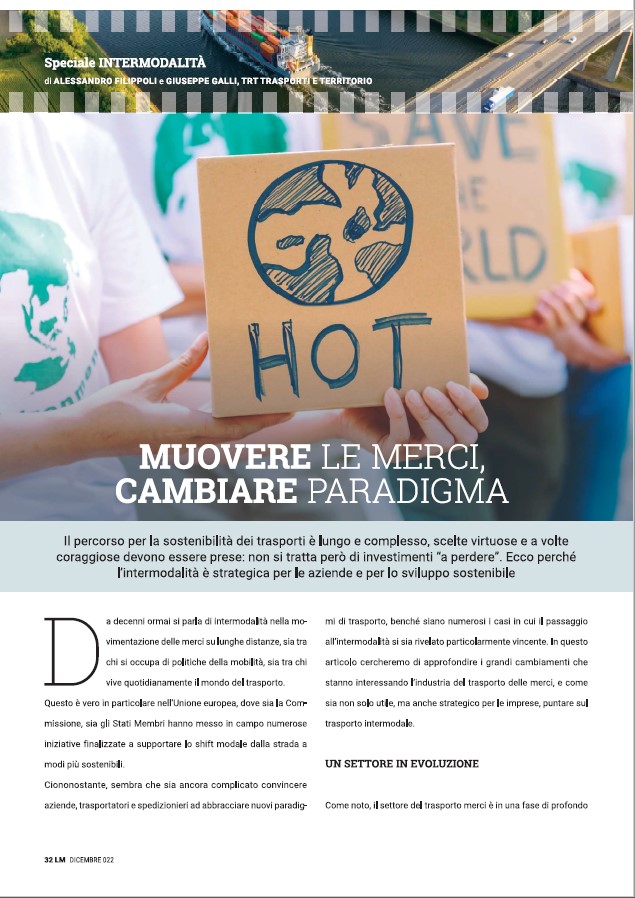

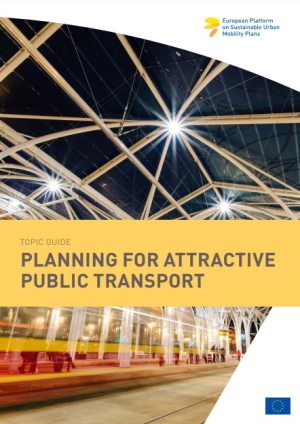
 Rail Baltica is a rail transport infrastructure project that integrates the Baltic States in the European rail network connecting Poland, Lithuania, Latvia, Estonia and indirectly also Finland. It is a fully interoperable railway line of more than 870 km in length designed for both passenger and freight transport and planned to become operational in 2027.
Rail Baltica is a rail transport infrastructure project that integrates the Baltic States in the European rail network connecting Poland, Lithuania, Latvia, Estonia and indirectly also Finland. It is a fully interoperable railway line of more than 870 km in length designed for both passenger and freight transport and planned to become operational in 2027.